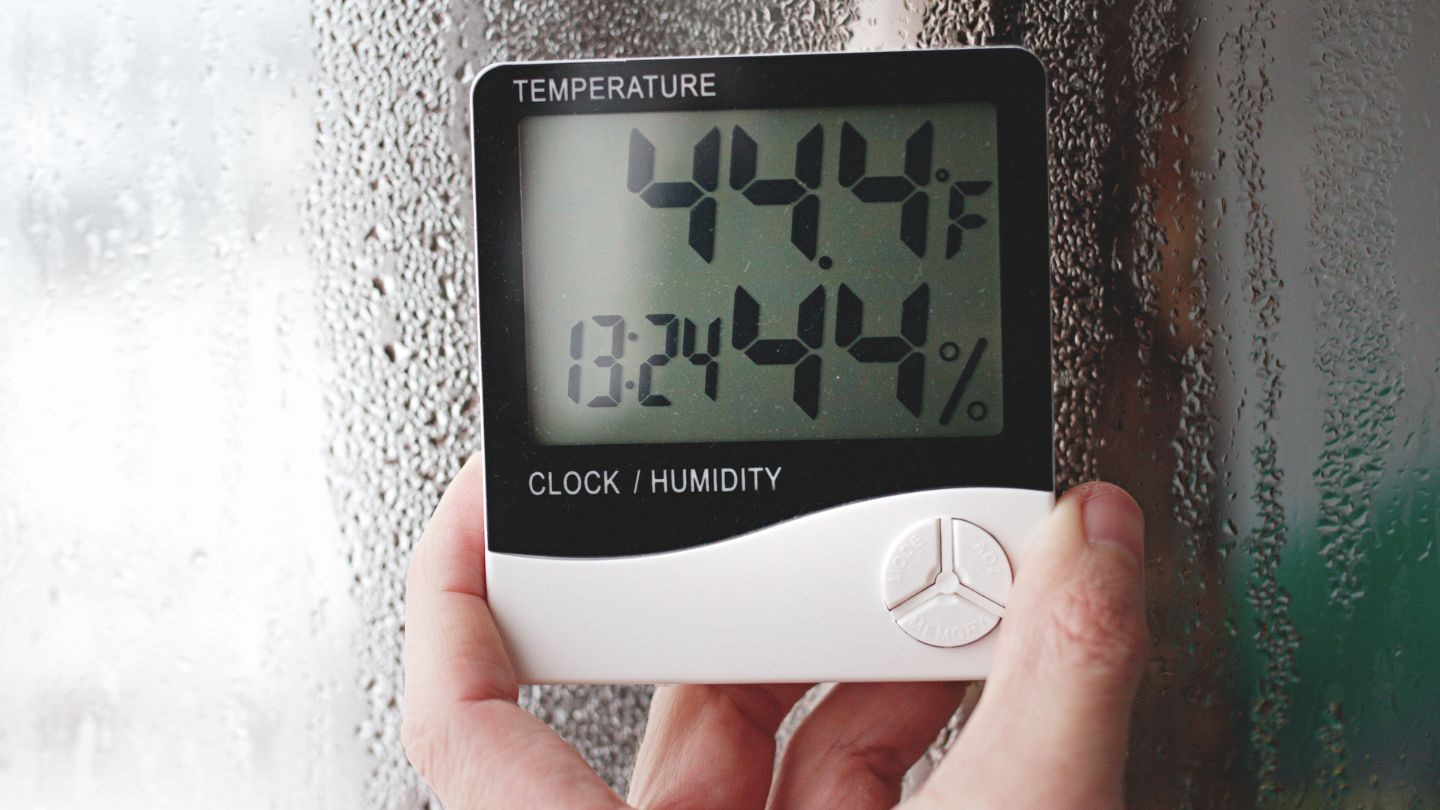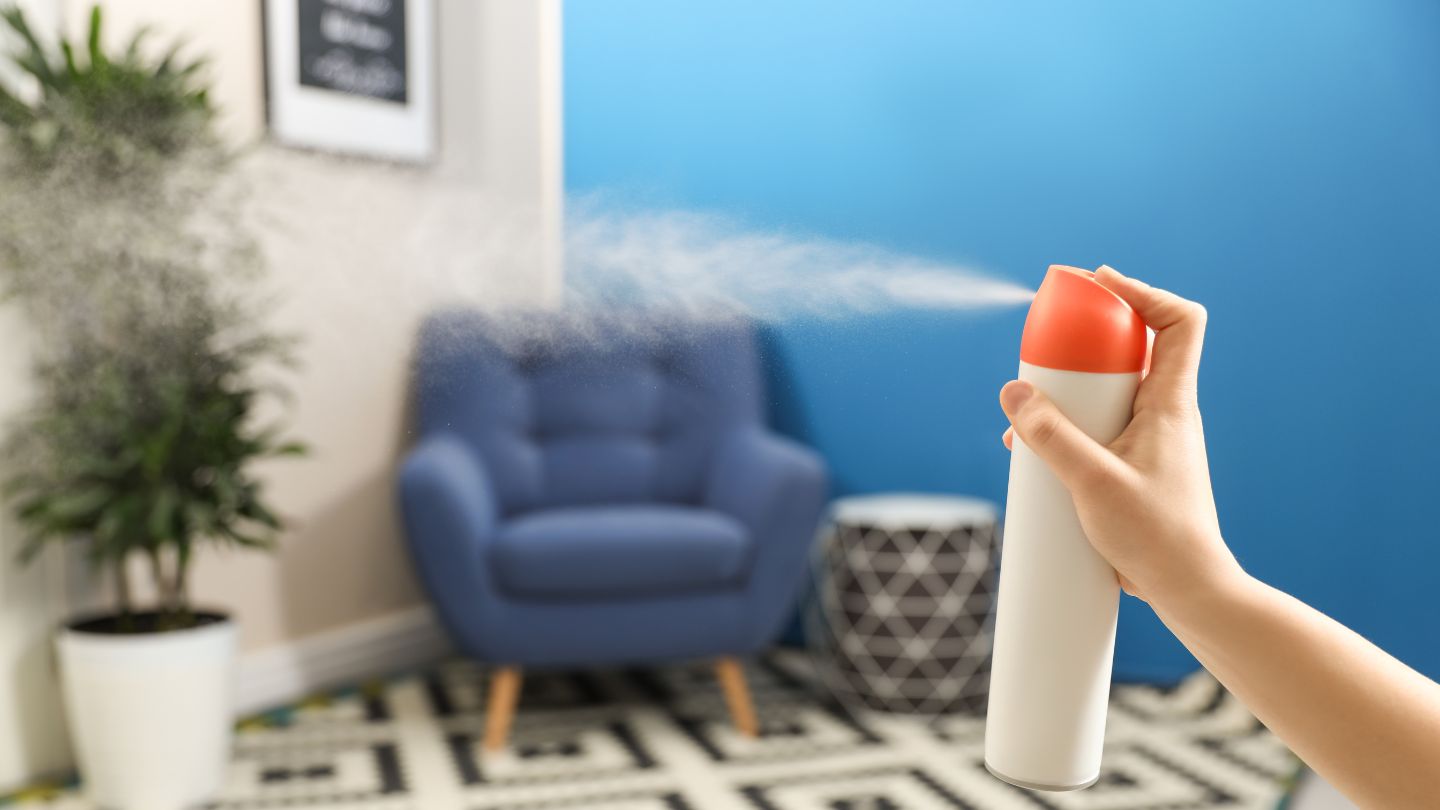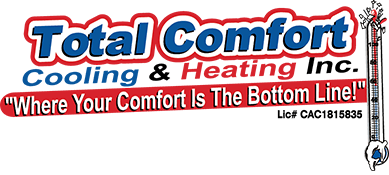5 Factors That Lead to Poor Indoor Air Quality and How to Fix Them
What are the 5 factors that lead to poor indoor air quality? This blog identifies those factors and offers solutions to help you improve your home’s air quality.
Key Takeaways
- Poor ventilation and air exchange significantly contribute to indoor air pollution, which can lead to health issues; regular maintenance of HVAC systems is essential.
- Synthetic materials and household items are major sources of volatile organic compounds (VOCs), which can cause adverse health effects; opting for low-VOC products can enhance air quality.
- High humidity levels promote the growth of allergens like mold; maintaining indoor humidity between 30-50% is crucial for minimizing health risks and improving air quality.
Poor Ventilation and Air Exchange Rate
The quality of indoor air is significantly affected by inadequate ventilation and a low rate of air exchange. Without sufficient fresh air circulation, pollutants such as dust, allergens, and airborne pathogens can accumulate to harmful levels, increasing the risk of respiratory issues and other health concerns. Poor ventilation also traps moisture indoors, encouraging mold growth and reducing overall air quality.
Properly designed and regularly maintained ventilation systems are essential for removing stale air and introducing fresh, filtered air throughout the space. HVAC professionals can evaluate your system’s airflow performance and make adjustments or upgrades to ensure effective air circulation. This may include inspecting ductwork for blockages, cleaning air filters, and ensuring vents and return grilles are working efficiently.
In addition, professionals can perform indoor air quality assessments to identify problem areas and recommend targeted solutions that improve airflow and reduce pollutant buildup. These services are crucial in reducing the frequency of allergy flare-ups and creating a more breathable indoor environment.
Read more: The Importance of Indoor Air Quality and How to Improve It
Synthetic Building Materials and Household Items
Synthetic building materials and household products are major sources of volatile organic compounds (VOCs), which degrade indoor air quality. Items such as manufactured wood furniture, aerosol sprays, adhesives, and chemically treated textiles release VOCs—including formaldehyde—into the air. These emissions can cause a range of health issues, from eye and throat irritation to more serious long-term effects involving the liver, kidneys, or nervous system.
Elevated humidity levels can intensify the off-gassing process, increasing VOC concentrations indoors. Professionals trained in HVAC and indoor air quality can identify which sources in your home may be contributing to chemical exposure. They can recommend and install filtration systems capable of capturing airborne chemicals and help guide the selection of safer building materials during renovations.
Rather than relying solely on consumer choices, it’s best to have professionals assess your home’s air handling and purification needs, ensuring a healthier environment with reduced chemical exposure.
High Humidity Levels

Elevated humidity levels are a critical factor that can negatively impact the quality of indoor air. The presence of excess moisture fosters an optimal breeding ground for allergens such as mold and dust mites, which flourish under these conditions. When the humidity exceeds 50%, there is a notable decline in air quality due to increased allergen growth, potentially leading to allergic reactions and respiratory complications.
Maintaining indoor humidity within the range of 30-50% is vital in curtailing the proliferation of both allergens and pathogens, thus promoting a healthier living space. Regular oversight and regulation of moisture content in the environment is crucial—this might include utilizing dehumidifiers or climate control systems like air conditioners during periods when weather conditions contribute to elevated indoor humidity levels.
By effectively managing moisture indoors, it’s possible to substantially reduce airborne pollutants and improve overall air cleanliness. This improvement not only boosts personal comfort but also diminishes long-term health risks tied to chronic exposure to environments marked by high concentrations of dampness-induced pollutants.
Use of Cleaning Products and Air Fresheners

Many common cleaning products and air fresheners release volatile organic compounds (VOCs) that contribute to poor indoor air quality. These compounds can cause symptoms such as headaches, dizziness, and breathing difficulties. Prolonged exposure may increase the risk of chronic conditions, especially in sensitive individuals like children, the elderly, or those with respiratory illnesses.
Rather than relying on ventilation through open windows or DIY air circulation methods, a more effective solution is to work with HVAC professionals. They can recommend whole-home purification systems and high-efficiency filters designed to capture chemical particulates and VOCs. They may also provide guidance on installing dedicated exhaust systems in areas such as kitchens and bathrooms to remove contaminated air at the source.
By integrating these professionally installed solutions, the overall exposure to harmful cleaning byproducts can be significantly reduced, contributing to a cleaner and healthier indoor space.
Gas-Powered Appliances and Cooking
Gas-powered appliances and cooking activities can release harmful gases such as carbon monoxide and nitrogen dioxide into indoor air. Without proper exhaust systems, these pollutants can accumulate and cause health problems ranging from headaches and fatigue to more severe respiratory or cardiovascular issues.
To ensure these appliances operate safely, it’s essential to have HVAC technicians inspect and maintain the ventilation systems attached to stoves, furnaces, and water heaters. This includes verifying the integrity of flue systems, checking for gas leaks, and confirming that combustion byproducts are properly vented outside.
In addition, professionals can install carbon monoxide detectors and recommend air filtration systems that help mitigate the impact of combustion-related pollutants. Relying on expert inspections and maintenance schedules ensures that gas-powered appliances operate safely and contribute minimally to indoor air pollution.
Professional Solutions to Improve Indoor Air Quality

Addressing the factors previously mentioned can greatly enhance the quality of indoor air. There are instances where tackling certain pollutants and ventilation challenges requires professional intervention.
Total Comfort Cooling & Heating Inc. provides an array of specialized services designed to cater to unique requirements, guaranteeing the highest standard of indoor air quality.
Regular HVAC Maintenance
Having your HVAC system serviced twice a year is crucial for improving the quality of indoor air and ensuring that the system operates effectively without contributing to pollution. Regular maintenance can catch small problems before they worsen, which boosts efficiency and might even lower energy expenses.
A well-maintained HVAC unit reduces the likelihood of dispersing dust and allergens throughout your home, leading to significant improvements in indoor air quality. By keeping your HVAC in excellent working order, you’re cutting down on pollutants within your living space and promoting better health overall.
Total Comfort Cooling & Heating Inc. provides expert services in maintaining HVAC systems, assisting you in preserving a healthy atmosphere inside your home or office. Consistent check-ups not only enhance the quality of the air but also prolong the life of your heating and cooling units, offering lasting advantages.
Installation of Air Cleaners
Enhancing the quality of indoor air can be efficiently achieved by implementing air cleaners. These devices, when installed by professionals, are proficient in trapping a multitude of airborne impurities like dust, smoke, and volatile organic compounds (VOCs), thus significantly elevating the standard of air quality.
By eradicating pollutants that encompass allergens and pathogens from the air, these purifiers contribute to fostering a more salubrious indoor atmosphere. Committing to professional installation services for air cleaners guarantees the maintenance of superior indoor air quality on a regular basis.
Tailored Ventilation Solutions
Customized ventilation systems are crucial for enhancing airflow and elevating the quality of indoor air. By assessing the unique demands of each space, it is possible to craft strategies that target particular issues related to indoor air quality.
Assessments tailored specifically for your ventilation needs not only refine airflow but also contribute to increased comfort and better health within interior spaces. These approaches take into account the distinctive requirements of each building, which leads to improved rates of air exchange and superior indoor air conditions.
Total Comfort Cooling & Heating Inc. offers personalized ventilation options crafted to suit the specific characteristics of your area, guaranteeing exceptional maintenance of indoor air quality and fostering a more healthful setting indoors.
Read more: The Importance of Indoor Air Quality and How to Improve It
How to Test for Indoor Air Quality
Testing indoor air quality is critical for identifying pollutants that may affect health and comfort. Factors such as humidity, particulate matter, VOCs, and allergens can all impact your home’s air quality, yet many of these issues are not immediately visible or detectable without specialized tools.
Instead of relying on consumer-grade air monitors or DIY kits, homeowners should consult licensed HVAC professionals who offer comprehensive indoor air quality evaluations. These specialists use advanced diagnostic tools to measure pollutant levels and identify sources of contamination, such as mold, chemical off-gassing, or improper ventilation.
Following the assessment, a professional can recommend specific solutions such as upgraded filters, air purifiers, dehumidifiers, or improvements to your HVAC system’s ventilation. Regular monitoring and ongoing maintenance from certified experts ensure that air quality remains high and your home environment supports long-term wellness.
Summary
Improving indoor air quality involves addressing key factors such as poor ventilation, synthetic building materials, high humidity, cleaning products, and gas-powered appliances. Tackling these issues with strategic, professional solutions tailored to your home’s specific needs is essential for creating a safer and more comfortable indoor environment.
At Total Comfort Cooling & Heating Inc., we are dedicated to enhancing indoor air quality in Port Charlotte. Our comprehensive services include HVAC maintenance, customized ventilation systems, and indoor air purification solutions designed to eliminate pollutants and promote healthier living. Enhance your indoor air quality today with a well-maintained HVAC system. Our expert team delivers reliable services and cutting-edge air management technologies. We proudly serve Rotonda, Punta Gorda, and Burnt Store. Want to transform your indoor air quality? Contact us today!
Frequently Asked Questions
Can indoor air quality affect sleep?
Yes, poor indoor air quality can lead to breathing issues, nasal congestion, and restlessness, all of which can disrupt sleep and reduce overall restfulness.
Are air purifiers enough to improve indoor air quality?
Air purifiers help, but they work best when combined with proper ventilation, humidity control, and regular HVAC maintenance.
How often should indoor air quality be evaluated?
It’s recommended to assess indoor air quality at least once a year, or sooner if you notice persistent odors, allergies, or visible mold.
READY FOR YOUR NEXT HEATING OR COOLING PROJECT?
Contact us to get a quote and see why our customer service is recognized as the best in the industry.






 Special Offer: 12 Months - No Interest, No Payments!
Special Offer: 12 Months - No Interest, No Payments!